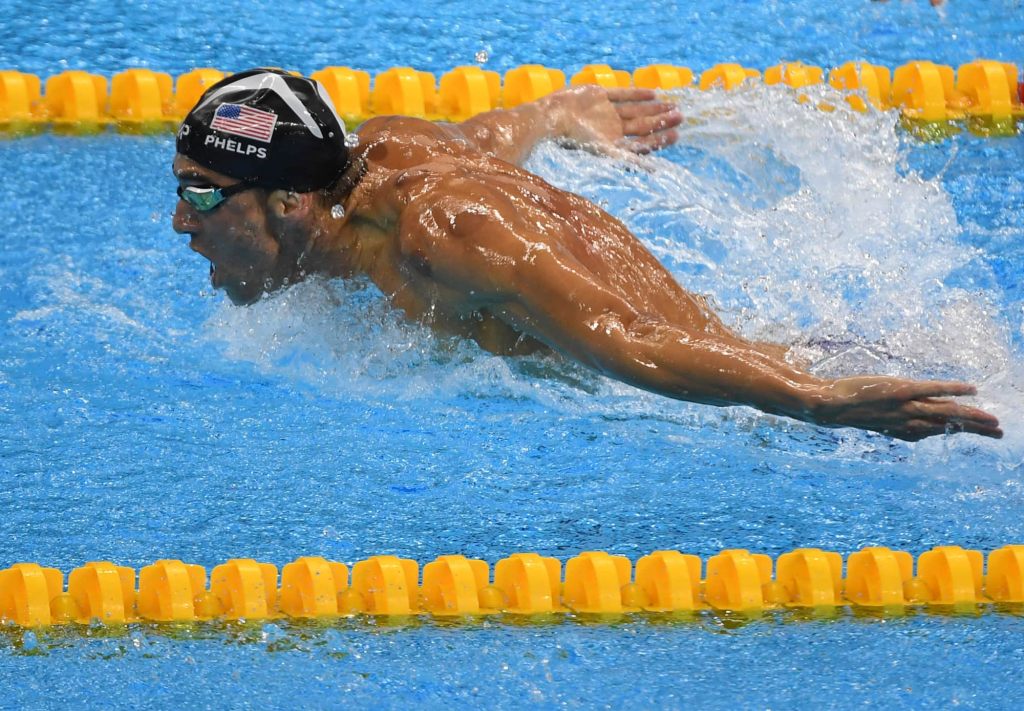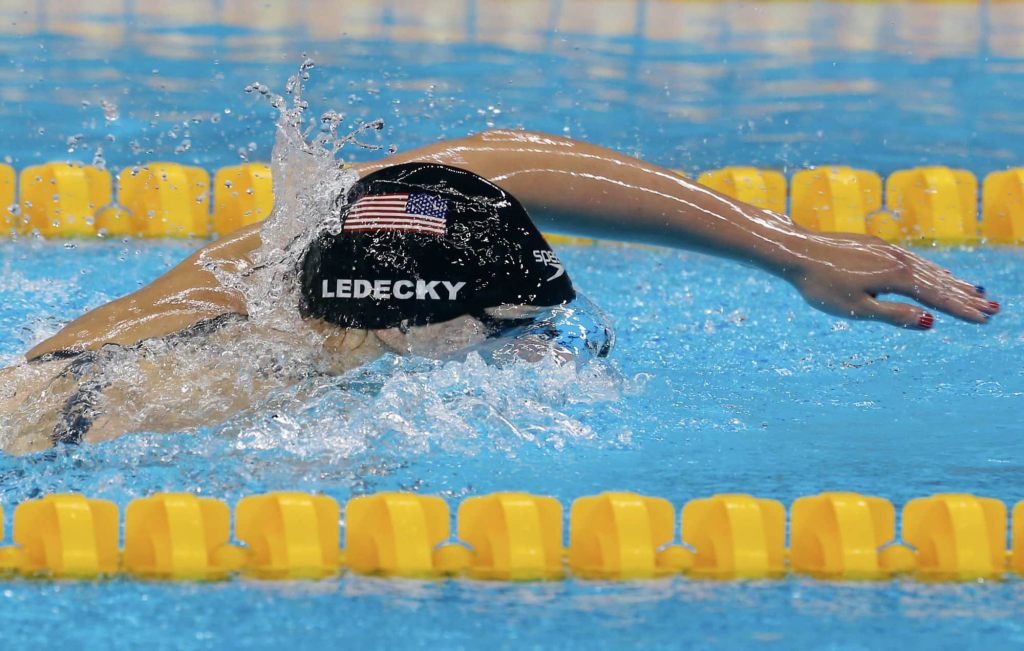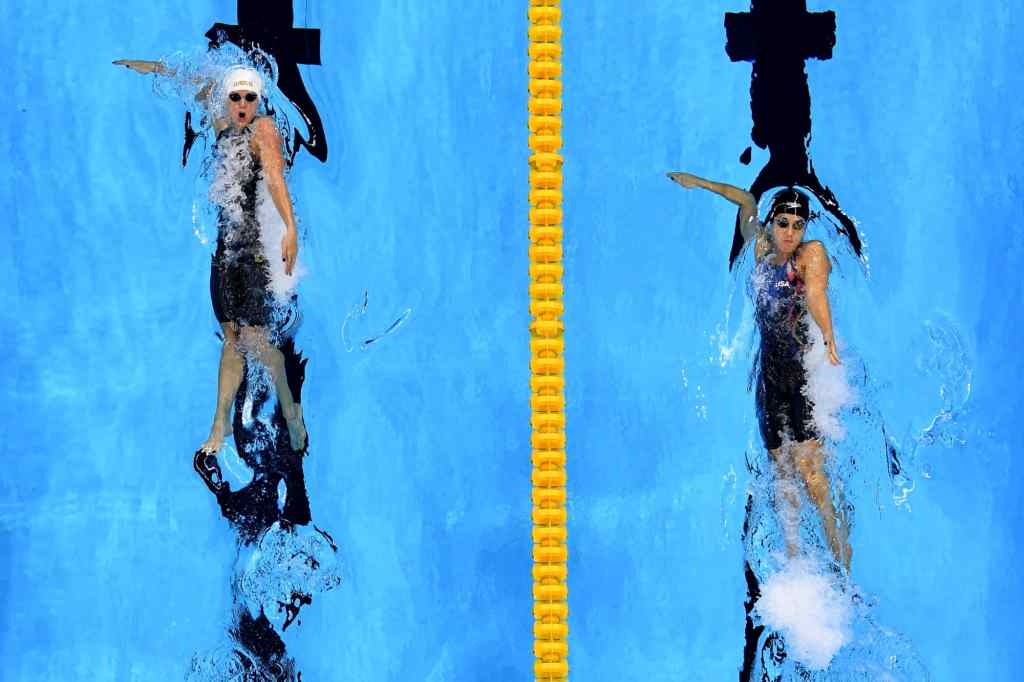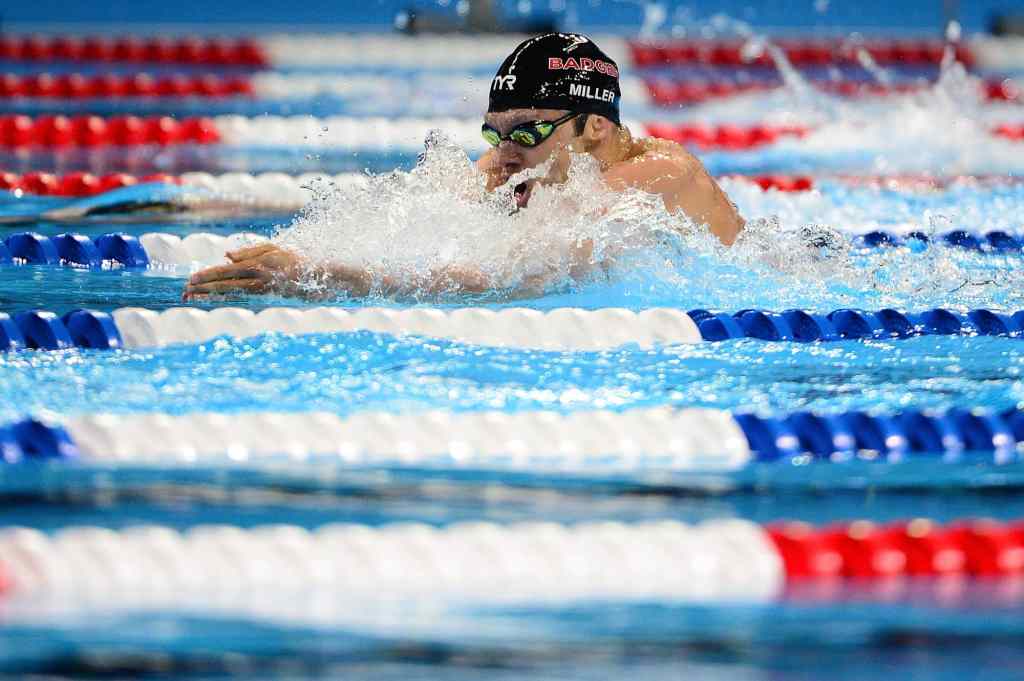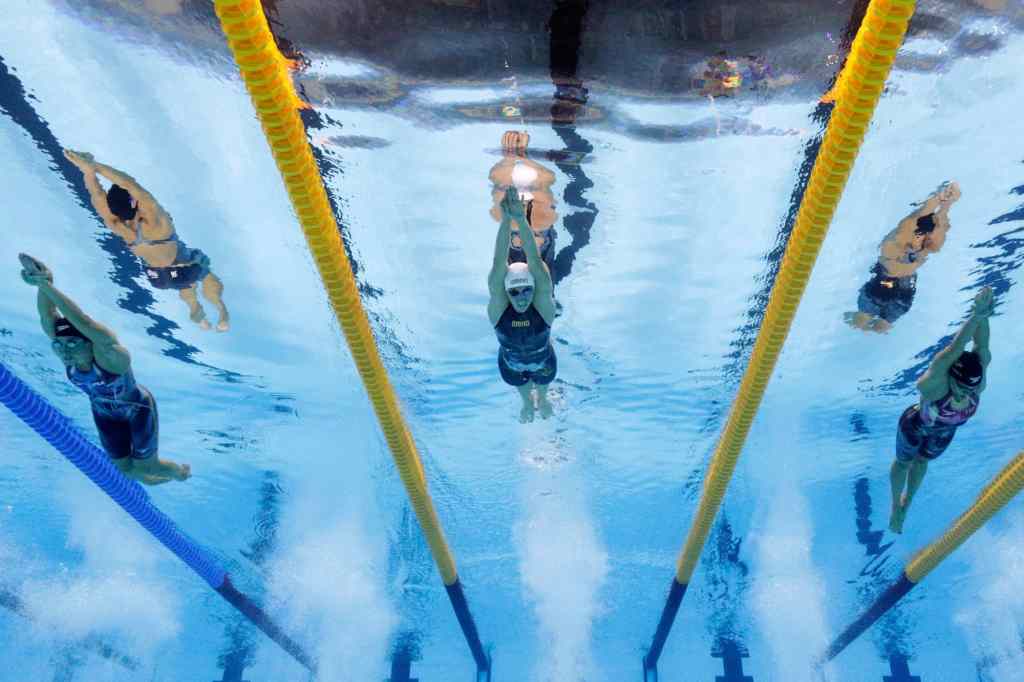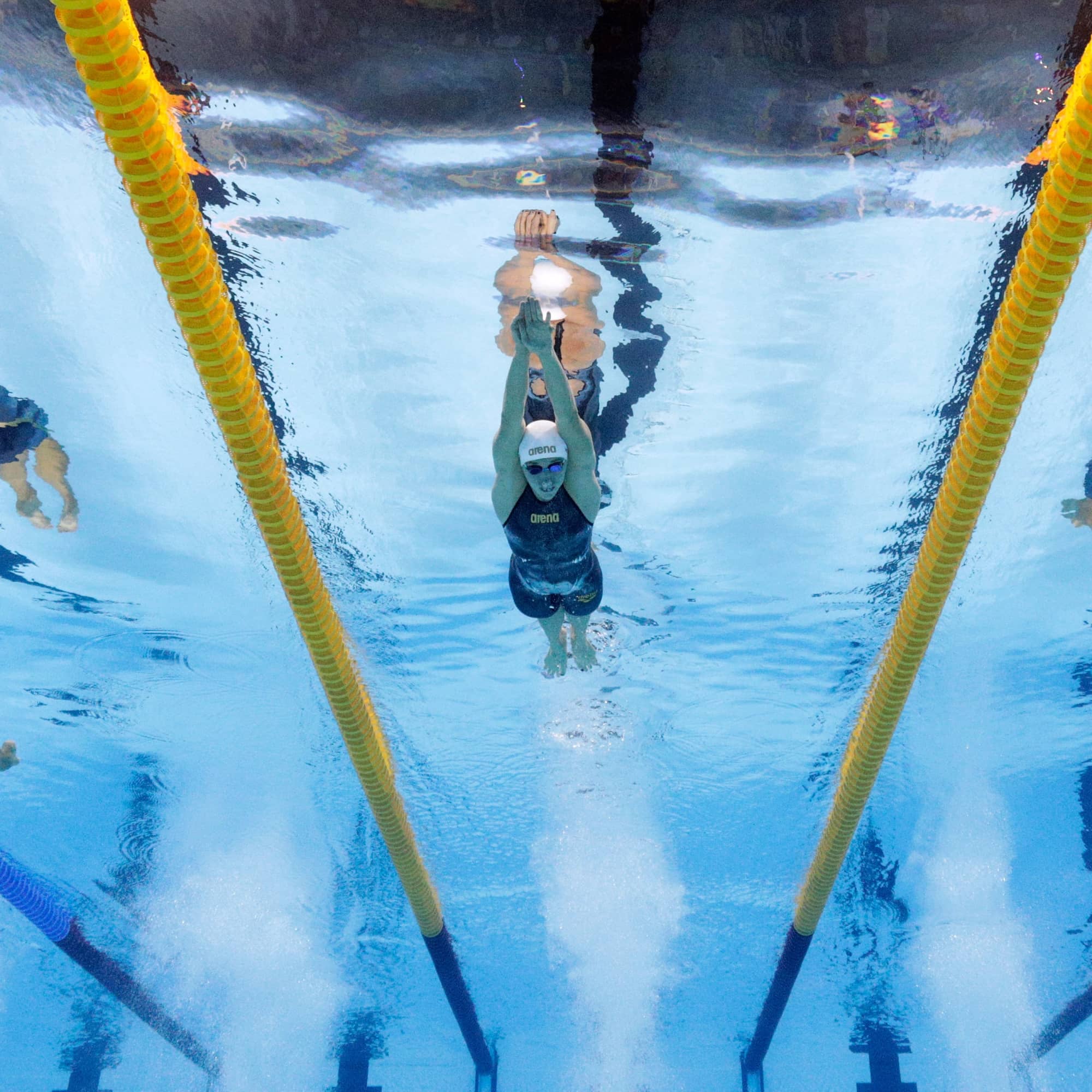
- POPSUGAR Australia
- Fitness
- A Guide to Every Swim Stroke You'll See at Next Year's Summer Olympics in Tokyo
A Guide to Every Swim Stroke You'll See at Next Year's Summer Olympics in Tokyo

There’s no doubt swimming is one of the most exciting events at the Summer Olympics. But while tuning in to see who will take home the gold, do you ever wonder exactly what it is that you’re watching? Sure, the freestyle seems pretty straightforward, but which muscles are challenged to execute the stroke perfectly? How is the butterfly different from the breaststroke? And what on earth is the individual medley?
POPSUGAR spoke with Jennifer Latchford, a former swim instructor for the Bergen Barracudas and the Goldfish Swim School in New Jersey, to help us break down every stroke. Now you can watch these edge-of-your-seat events at the Tokyo Games next year like a true fan. Keep reading for the details!
What Is the Butterfly Stroke?
This powerful stroke requires a swimmer to move up out of the water and back down in a smooth, almost wave-like motion. While swimming butterfly, the swimmer is positioned on their stomach, toes pointed. They kick with both legs together (known as a “dolphin kick”) and use their arms to help pull their body forward. Both arms come up out of the water and forward in a sweeping motion that mimics – you guessed it – a butterfly.
Latchford explained that the “fly” challenges a swimmer’s arms, shoulders, chest, core, back, and legs. “A common misconception with swimming butterfly is that it’s all in the back and arms, but this isn’t true,” she told POPSUGAR.
What Is the Freestyle Stroke?
The freestyle is the classic stroke you learned as a kid: legs fluttering, one arm at a time coming overhead before cutting into the water. According to Latchford, the flutter kick is a crucial element of the stroke. “Letting your legs drag behind you slows you down and creates more work for your arms,” she said. “The swimmer’s toes should be pointed and their leg muscles engaged the entire time while swimming freestyle.” This graceful stroke also challenges an athlete’s core, back, and shoulders.
What Is the Backstroke?
The way athletes sail across the water while swimming backstroke makes it seem so simple, but the stroke actually requires a lot of technique. First, a swimmer must keep their head up and back at all times. Then, “similar to freestyle, backstroke requires the swimmer to rotate their body and pull one arm at a time over their head,” Latchford told POPSUGAR. “Backstroke kicks are also similar to freestyle, just on the back.” Great backstrokers have amazing shoulder flexibility and core strength.
What Is the Breaststroke?
During the breaststroke, a swimmer glides beneath the surface of the water, with their arms stretched out in front of them, then pulls their arms back as they come up for air. This may sound straightforward, but the breaststroke is far more complicated than what meets the eye. “You have to find a balance between remaining horizontal and keeping your kick below the surface,” Latchford said. The kick in the breaststroke is also unique, with the legs moving in a frog-like motion.
Like butterfly, breaststroke requires a two-hand touch on the wall when a swimmer turns or finishes, or else they’ll be disqualified. Breaststrokers must also master a “pullout” at the start of the race and off of each turn. “In the breaststroke pullout, swimmers streamline glide until they feel like they’re beginning to slow, then they pull both arms down to their sides and are allowed one butterfly kick. After this, they breaststroke kick and pull up to the surface and begin the swim,” Latchford said.


